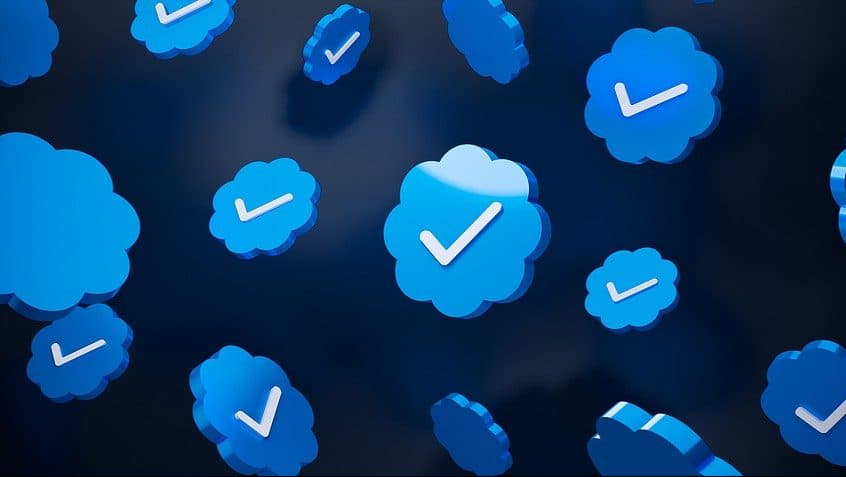Elon Musk asked everyone to pay $8 to be verified on Twitter, and it made headlines and trended on Twitter (naturally). LinkedIn recently began offering free verification, and it’s gone largely unnoticed.
“Authenticity online has never been more important,” said Alex Weinert, vice president of identity security at Microsoft, which owns LinkedIn. While Weinert is undoubtedly correct, and there have been so many job scams lately that the Federal Trade Commission issued a warning, a smattering of opinions from talent professionals contacted for this article suggests that the social media platform’s new feature has failed to pique much interest.
“Linkedin verification does not matter in my recruiting world,” says Matt Dodge, accounting and finance/human resources agent of Talent Solutions. Zia Uddin Juwel, HR officer at BRAC, concurs, saying that “it doesn’t matter at all.” And Lily Weeden, senior recruiter at Travelers, similarly remarks, “I don’t care if someone is verified or not.”
While verification badges are still new, and views may change as people start using them, Ed Han, senior recruiter at Cenlar, summarizes the problem well: “I do not care whatsoever if we are talking about identifying people while sourcing. I do, however, care if I were a job seeker and looking for credible authorities on job search and the like. This was never a factor because the option didn’t exist in days past, but now that [LinkedIn] is rolling out the option, I think that this can be important.”
CheeTung (CT) Leong, co-founder EngageRocket, adds, “As an employer, if I find good talent, I’ll hire her regardless of Twitter or LinkedIn verification. It is neither necessary nor sufficient in my due diligence process.”
LinkedIn Verification Does Not Verify the Right Things
Of course, recruiters and hiring managers want to know that they are speaking to the right person, that the person they hire is the person who interviewed, and that the information on the resume was correct.
As Leong said, the LinkedIn process can verify that a person has a company email address, which indicates that they work for that employer. It can also identify that your name is, in fact, your name. But it doesn’t verify your work experience. It also doesn’t verify previous positions, titles, responsibilities, or skills.
It’s therefore up to a good interview, assessment, and background check to verify much of the above. As Han points out, there are better times for verification than the sourcing stage, which is when recruiters typically use LinkedIn.
However, the people with more concerns about identity are job seekers, and the verification process doesn’t help as much as it appears.
4,000 Companies Is a Drop in the Bucket
If you work for a company that uses Microsoft Entra, you can verify your email address with LinkedIn, which covers more than 4,000 companies for verification. However, the Small Business Administration identifies 32.5 million companies in the U.S.
In other words, if recruiters prioritize verified employees based on company, they will miss out on the vast majority of candidates.
Meanwhile, LinkedIn’s verification system also supports CLEAR, which can verify one’s name. This can be helpful, whereby people at least can know they aren’t speaking with an unnamed scammer. However, it’s not necessarily as easy as LinkedIn asserts. “All you need is a U.S. government-issued ID and U.S. phone number,” the site says. But I went through the CLEAR process to pay my taxes, and it took several hours, a personal interview, and presenting CLEAR with my bank account statement, a copy of a 1099, a hospital bill, my passport, and most of my sanity.
Nevertheless, if someone has gone through that process, it’s a good indication that they are who they say they are.
At the same time, CLEAR announced that it’s providing free identity verification to nearly 200 million U.S. LinkedIn users. That sounds like a great source, but they admit to only 15 million users currently. What percentage of those 15 million users are on LinkedIn and want to be verified? No one says.
Ultimately, at least for now, verification won’t help with job hunting for candidates or for hiring for recruiters. Until LinkedIn expands the companies that can verify employees, it’s unlikely to make an impact. Even then, the only way to honestly know that someone’s skills are what they say they are is to do a full interview, skills test, and background search. That’s outside of LinkedIn’s skill set.
